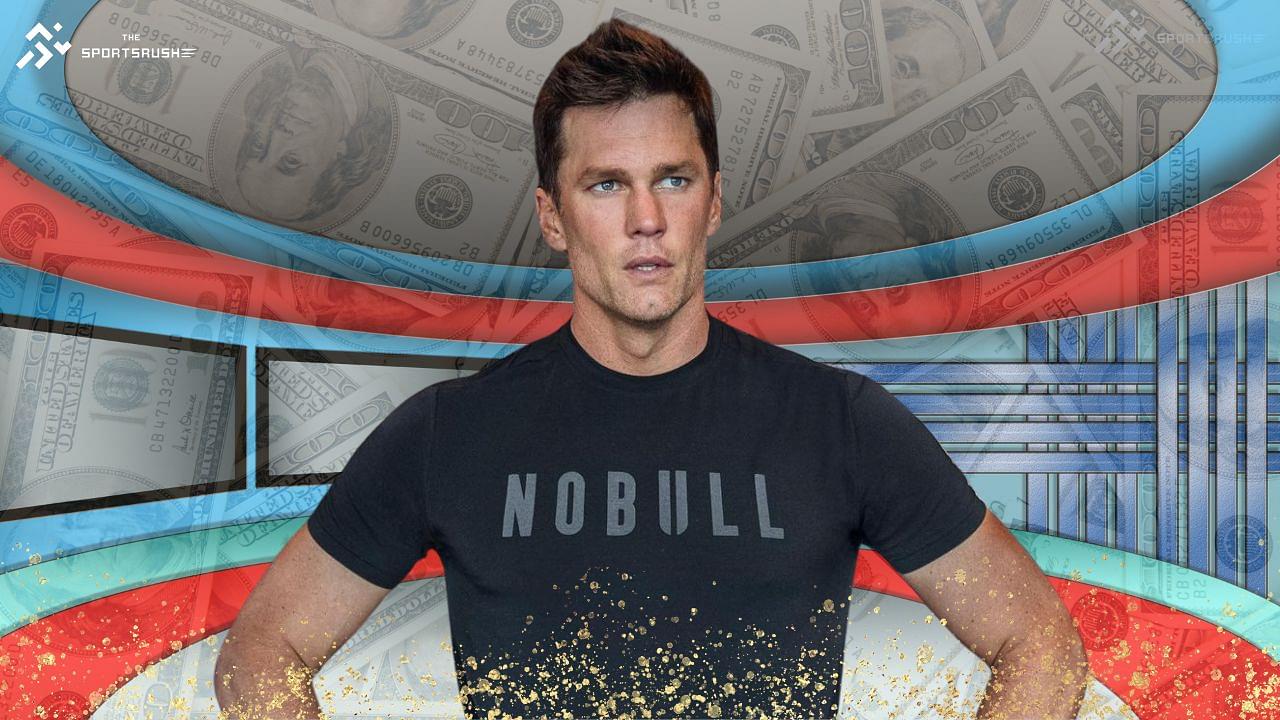
Tom Brady. Picture taken from: Instagram @tombrady
Tom Brady recently shed light on handling “prima donna” athletes during a conversation with Stephen A. Smith at the Fanatic Fest NYC. The NFL legend’s insights really offer a glimpse into the delicate balance of team dynamics and individual personalities in professional football.
Brady pointed out that it’s the wide receivers who often embody this “prima donna” nature, explaining that the position “always has an inherent degree of selfishness.” He noted how star receivers like Tyreek Hill, Justin Jefferson, and Ja’Marr Chase can become frustrated when they don’t get enough touches in a game.
However, when Brady’s explanation was going a little off-topic. Stephen A Smith pressed that he asked about his personal approach to such teammates. Then Tom Brady emphasized the importance of connection. He highlighted how he would try to connect with that player on a level that he is interested in and can relate to.
“I wanna find out about what’s going on with him and his life and why he’s feeling the way he’s feeling. Then try to rationalize things to a degree and say, ‘Hey, I understand what you’re saying but from my standpoint, this is how I see.”
This approach differs from that of another NFL legend, Joe Montana, who, as Stephen A revealed, whispered to demanding players, “If you want that ball, stay cool.” Brady’s method focuses more on building relationships, which he sees as crucial to a quarterback’s role in holding the team together.
However, Brady pointed out that this strategy isn’t foolproof. Some self-focused players may resist even the most sincere attempts at connection.
Tom Brady Reflects on the Challenges of Managing Selfish Athletes
Advertisement
Brady’s approach just shows the complex interpersonal skills required to lead a team at the highest level of professional football. Building on his point, Brady detailed the complexities of team dynamics, revealing the limits of even the most skilled leadership. He did acknowledge that despite best efforts, some players’ self-centeredness can overpower those attempts at connection.
“That’s who they are,” Brady added. He believes that while a marginal improvement of 5-10% might be achieved through the communication, but with such athletes substantial changes of 20-30% are often unrealistic.
“You can actually minimize some distraction but at the same time you got to understand what the realistic expectations are for that as well. And then the opportunity, if they become too selfish then at some point they got to go play for the competition and that’s just the reality of sports.” Brady added.
Brady’s experience with the New England Patriots from 2001 to 2019 serves as a prime example of how a strong team culture can mitigate individual egos. The Patriots’ dominance during this era was built on collective effort and discipline, with Brady playing a crucial role in fostering an environment where selflessness was the norm.
However, Brady doesn’t shy away from the harsh realities of professional sports. He understands that when a player’s behavior significantly disrupts team dynamics, management must consider more drastic measures like trades or releases.
